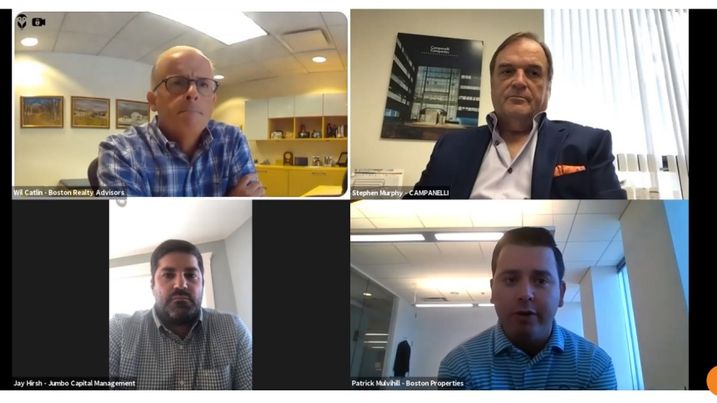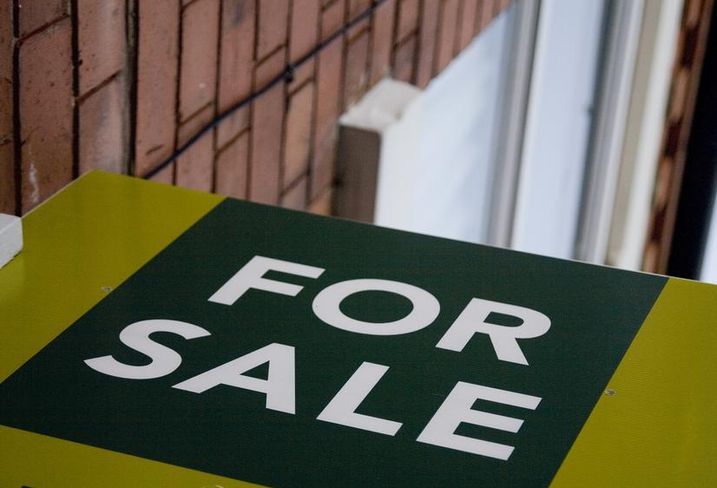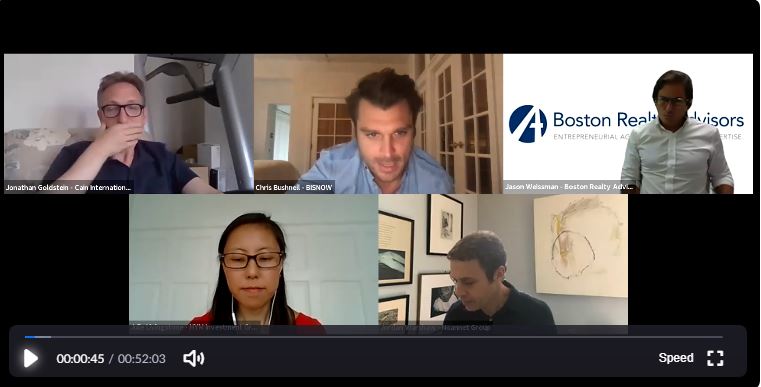By
During the 2010s, suburban office space lost its luster to the activity of the city and the charms of walkable neighborhoods. Downtown Boston and its tall towers all seemed shiny and new.

A few months of pandemic has suddenly refocused companies and their workers back to the suburbs, but that was beginning to happen anyway, according to the speakers at Bisnow’s Boston Neighborhoods and Beyond webinar last week.
“We’ve always thought the suburbs are resilient, and we’ve viewed them as a very important part of our portfolio,” Boston Properties Senior Vice President of Leasing Patrick Mulvihill said. “Most of our development pipeline is suburban, with about 3M SF out of 4M SF total in the Waltham-Central 128 market. It’s where we plan to be very active moving forward.”
Jumbo Capital Management Managing Partner and founder Jay Hirsh said that he believes demographics are more important in the revival of Boston’s suburbs than the impact of the coronavirus pandemic, which is bound to be temporary.
Most of the commonwealth resides in the suburbs, and most of its major employers are there, Hirsh said. So there has been a yield premium in the suburbs, without as much risk as commonly perceived, though the city isn’t dead by any means, he added.
“I lived in Boston for 10 years and had my second kid, so I knew we had to move to the burbs,” he said. ‘That’s just a trend that’s consistently happening to everyone in my age cohort. COVID is just going to accelerate the trend.”
“Boston will always be an amazing place to live and work, but the burbs have a lot going for them,” Campanelli partner and Principal of Acquisitions Stephen Murphy said.
Campanelli has continued to focus on the suburbs, he said, because until recently there has been less competition for what the company does.
“Suburban developments stand on their own, and were improving before the pandemic,” Murphy said. “Downtown isn’t the right place for everyone.”

None of that is to say that suburban office space is going to be the same as it was before the pandemic, however popular it becomes. It too will change as expectations for space change among companies and their workers, the speakers said.
As one of the country’s largest office REIT, Boston Properties is leasing productivity to companies, not just empty space, Mulvihill said. As part of that thinking, companies are looking at the hub-and-spoke model.
“We’ve developed a product we call FLEX by BXP, which is primarily urban office space leased on a short-term basis,” he said. “It’s as simple as that. We’re considering deploying that in the suburbs for those folks who want to downsize their urban presence and add satellite space.”
Companies now understand that their office portfolio needs to be a mix — a headquarters, maybe downtown or maybe not, but also satellite offices and flexible office space, UpFlex co-founder and Chief Product Officer Ginger Dhaliwal said.
“We’re all working from home, and we know the challenges, and sometimes you need to escape to flexible space for a few hours during the day,” she said. “Those are new considerations that our corporate clients are looking at — giving employees choices based on how they want to work. I think that’s a trend that’s going to live past COVID.
“We also hear that employees are scared to go back to high-density office spaces,” Dhaliwal said. “Having flexible options is what they’re looking for now. Suburbs are the perfect place for that because they’re close to where people live already. People can work from home, or headquarters, or satellite flex space.”
For the first month or so of the pandemic, there was no demand for any kind of space, but now tenants are re-emerging, resuming their deliberations about what kind of space they need and where, Murphy said.
“We signed four leases in the last 120 days,” he said. “None of them started during COVID. All of them were in some process before, but they went forward without renegotiation.
“Suburban tenants seem to be back,” Murphy said. “Our view is that demand is only going to go up in the suburbs over the coming months. In almost every conversation with tenants, they all believe they’re more productive under the same roof.”






